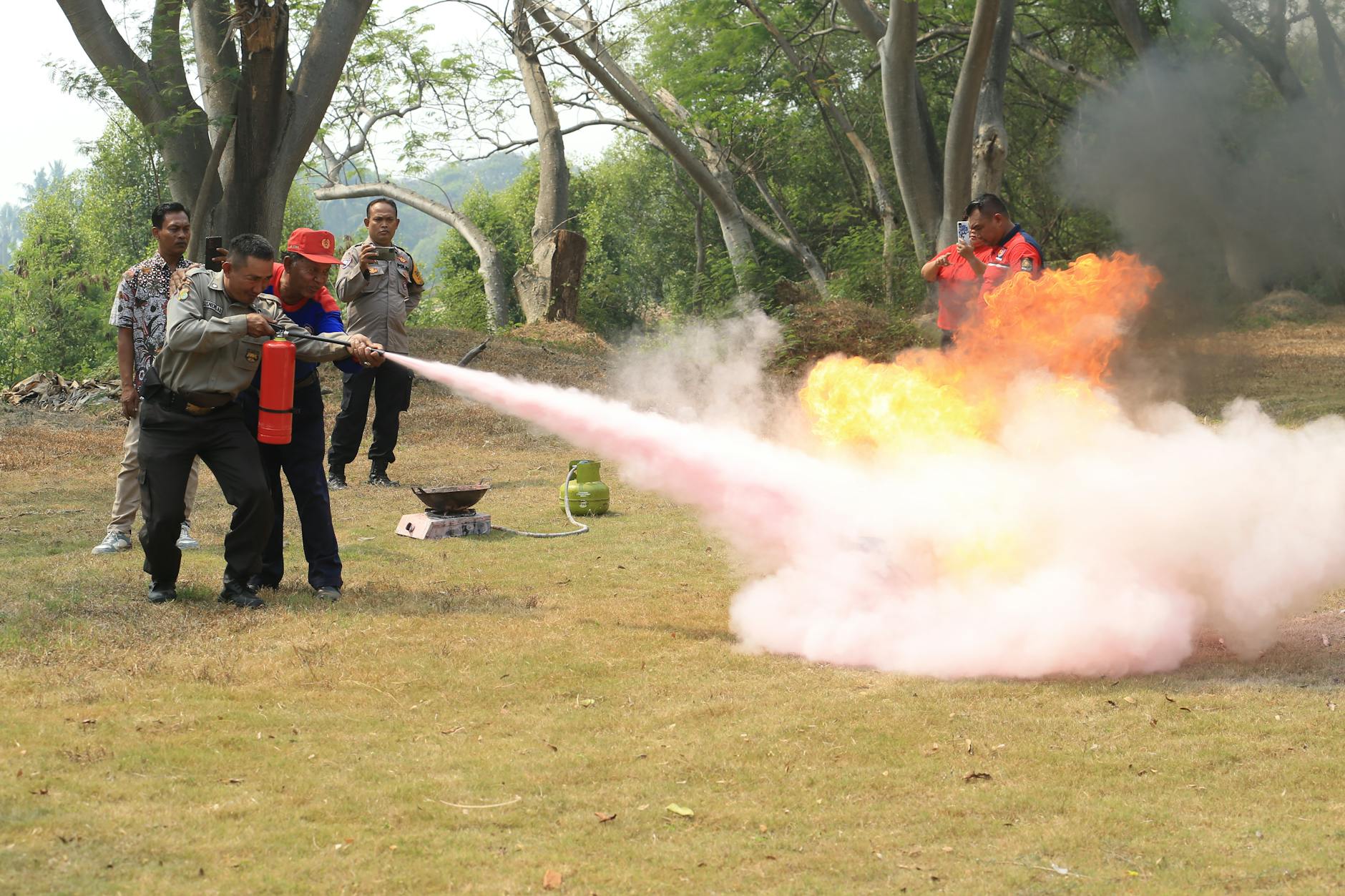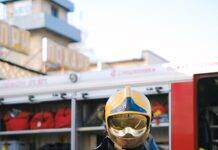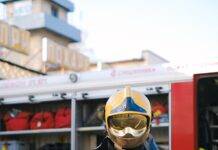
How to Conduct a Fire Drill at Work?
Introduction
Workplace safety is crucial, and one of the best ways to prepare for an emergency is by conducting regular fire drills. A fire drill ensures that employees know how to respond in case of an actual fire, minimizing panic and potential injuries. Understanding the legal requirements and best practices can make fire drills more effective.
What is a Fire Drill?
A fire drill is a planned, supervised practice of an emergency evacuation in case of a fire. The primary goal is to ensure that all employees understand and follow safety protocols to exit the building safely. Conducting fire drills regularly helps identify potential weaknesses in evacuation plans and improves overall preparedness.
Planning a Fire Drill
Establishing Objectives
Before conducting a fire drill, set clear goals. Do you want to test evacuation time? Identify high-risk areas? Improve employee awareness? Having specific objectives ensures an effective drill.
Creating a Fire Safety Team
Appoint fire wardens and safety officers who will be responsible for guiding employees, assisting those with disabilities, and ensuring a smooth evacuation.
Identifying Potential Fire Hazards
Inspect the workplace for potential fire hazards such as flammable materials, blocked exits, or faulty electrical wiring. Address these issues before conducting a drill.
Creating an Evacuation Plan
Mapping Escape Routes
Clearly mark all emergency exits and ensure that pathways are free from obstructions. Employees should know at least two ways to exit the building.
Designating Assembly Points
Choose a safe location outside the building where employees should gather after evacuating. Make sure it is far enough from the building to avoid danger.
Establishing Communication Methods
Use alarms, PA systems, or emergency notifications to alert employees about fire drills. Ensure that everyone understands the signals.
Notifying Employees About the Fire Drill
Advance Notice vs. Surprise Drills
While some companies inform employees about fire drills in advance, others prefer surprise drills to gauge real-time responses. A mix of both ensures better preparedness.
Importance of Employee Awareness
Provide training sessions to educate employees about the importance of fire drills and their roles during an evacuation.
Conducting Fire Safety Training
Teaching Employees Fire Safety Procedures
Train employees on how to recognize fire hazards, use fire extinguishers, and follow emergency exits.
Using Fire Extinguishers and Emergency Equipment
Conduct demonstrations on how to operate fire extinguishers, fire alarms, and emergency lighting.
Executing the Fire Drill
Step-by-Step Guide to Running a Fire Drill
- Sound the fire alarm.
- Guide employees to the nearest exit.
- Ensure everyone gathers at the assembly point.
- Account for all employees.
- Review performance and provide feedback.
Monitoring Employee Response
Observe how quickly and efficiently employees evacuate, noting any delays or confusion.
Assessing Fire Drill Performance
Identifying Strengths and Weaknesses
Evaluate the effectiveness of the drill, noting areas for improvement.
Gathering Feedback from Employees
Encourage employees to share their experiences and suggestions to refine the process.
Common Mistakes to Avoid During a Fire Drill
- Poor communication about the drill.
- Lack of accessibility for disabled employees.
- Employees treating it as a routine exercise rather than a real emergency.
Improving Future Fire Drills
Making Necessary Adjustments
Based on feedback, update evacuation routes, improve training, and address weaknesses.
Conducting Regular Fire Drills
Schedule fire drills at least twice a year to reinforce fire safety procedures.
Legal Requirements and Compliance
Ensure compliance with OSHA, NFPA, and local fire safety regulations to avoid legal issues and maintain workplace safety.
Fire Drill Best Practices
- Conduct both scheduled and surprise drills.
- Keep records of each drill for compliance.
- Encourage active participation from employees.
Handling Real Emergencies
Train employees to recognize the difference between a drill and a real emergency. In case of an actual fire, follow evacuation procedures immediately.
Conclusion
Fire drills are a crucial part of workplace safety. Regular practice ensures that employees know exactly what to do in an emergency, reducing risks and saving lives. By planning, training, and refining fire drills, companies can create a safer work environment.
Fire Safety and Emergency Preparedness
Movie Review: Agni (Fire Fighter, Fire Officer and Fireman) – Every Fireman Must watch
How Does a Fire Extinguisher Work? | Free Download PPT
Top 10 Fire Safety Tips Everyone Should Know
Hot Work JSA (Job Safety Analysis) | Free Download
FAQs
- How often should fire drills be conducted at work?
- Ideally, fire drills should be conducted at least twice a year or as required by law.
- Are fire drills mandatory in all workplaces?
- Yes, most countries require fire drills to comply with occupational safety regulations.
- Should employees be informed about fire drills in advance?
- It depends. Some companies prefer surprise drills, while others notify employees beforehand for training purposes.
- What should employees do after evacuating?
- Gather at the designated assembly point and wait for further instructions.
- Can fire drills be conducted during working hours?
- Yes, to simulate real-life scenarios, fire drills should be conducted during normal business hours.
























